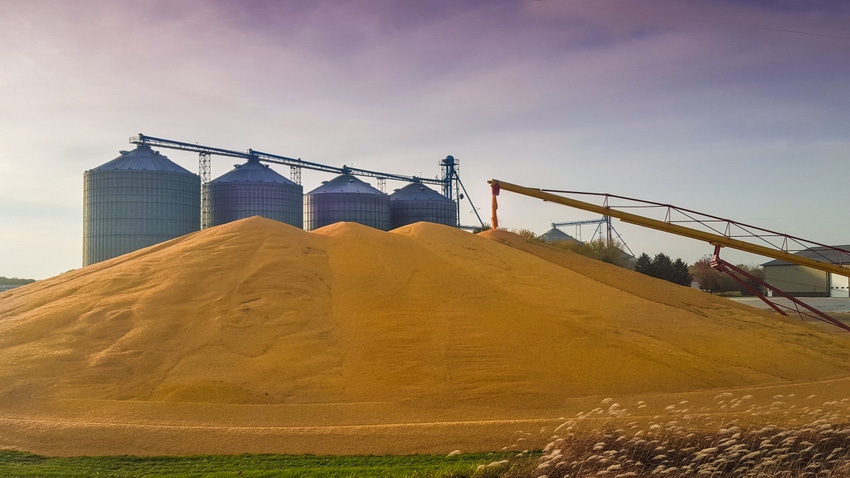Organic production of all three commodities increased year over year during 2018-19 crop marketing year.
April 12, 2019

Mercaris, a market data service and online trading platform for organic, non-genetically modified organism (GMO) and certified agricultural commodities, recently debuted its new "Organic Commodities Outlook." The report captures the unique market dynamics that influence domestic organic production and import activity for corn, soybeans and wheat.
Overall, the Mercaris report anticipates growth in demand for all three organic commodities, but it also delves into the unique economic drivers for each individual market and forecasts supply and demand through the 2018-19 crop marketing year.
Organic corn production is estimated at 42.3 million bu., a 2% year-over-year increase for the 2018-19 marketing year. In addition, whole and cracked corn imports are projected to increase 10% year over year. However, growth in organic livestock feed demand and slower growth in organic corn silage production mean that overall corn supplies will likely remain in line with overall demand, Mercaris noted.
Organic soybean production expanded 13% from the previous year for 2018-19, the report found, but total soybean supplies are expected to contract 4% due to reduced U.S. organic soybean imports. At the same time, soybean meal imports are expected to expand 11% as the supply of U.S. organic soybean meal is becoming increasingly reliant on imports. As a result, Mercaris expects a 35% year-over-year increase in soybean meal imports.
Improving yields pushed up wheat production, which reached record levels in 2018-19 and achieved 8% year-over-year growth, Mercaris noted. Organic wheat feed for livestock is expected to climb 7% from the prior year. Even with elevated feed demand, the supply of organic wheat for food use and residual is expected to increase 4%, the report suggested.
“As we often see, demand for these three top organic commodities continues to grow,” Mercaris senior economist Ryan Koory said. “Organic livestock remains the industry's primary growth driver; however, each commodity faces unique production and trade dynamics. As a result, keeping up with organic markets will require keeping an eye on a variety of moving parts over the 2018-19 marketing year.”
You May Also Like



